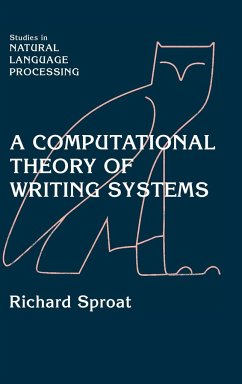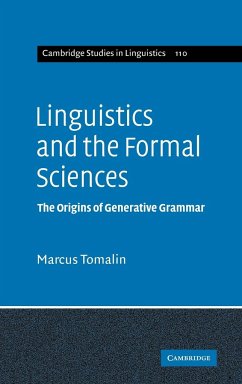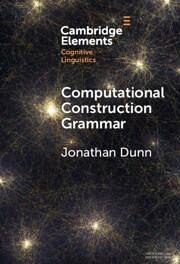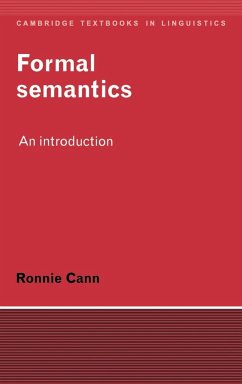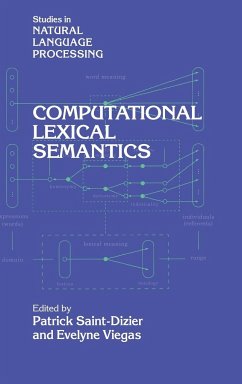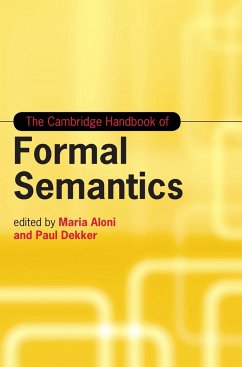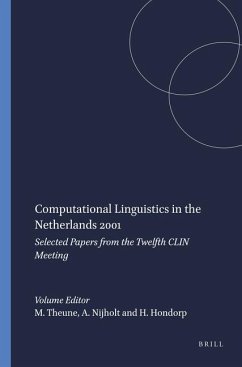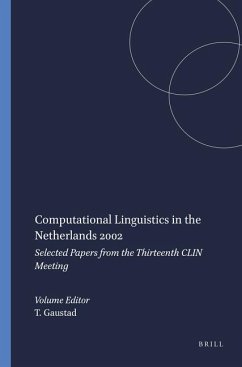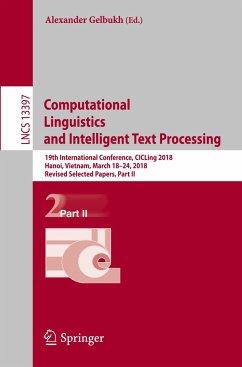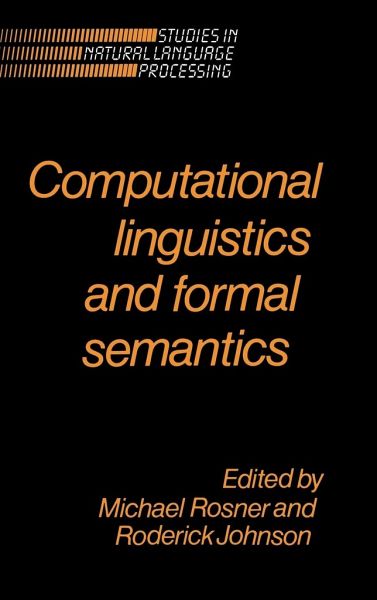
Computational Linguistics and Formal Semantics

PAYBACK Punkte
57 °P sammeln!
This 1992 collection takes the exciting step of examining natural language phenomena from the perspective of both computational linguistics and formal semantics. Computational linguistics has until now been primarily concerned with the construction of computational models for handling the complexities of linguistic form, but has not tackled the questions of representing or computing meaning. Formal semantics, on the other hand, has attempted to account for the relations between forms and meanings, without necessarily attending to computational concerns. The book introduces the reader to the tw...
This 1992 collection takes the exciting step of examining natural language phenomena from the perspective of both computational linguistics and formal semantics. Computational linguistics has until now been primarily concerned with the construction of computational models for handling the complexities of linguistic form, but has not tackled the questions of representing or computing meaning. Formal semantics, on the other hand, has attempted to account for the relations between forms and meanings, without necessarily attending to computational concerns. The book introduces the reader to the two disciplines and considers the prospects for the more unified and comprehensive computational theory of language which might obtain from their amalgamation. Of great interest to those working in the fields of computation, logic, semantics, artificial intelligence and linguistics generally.





